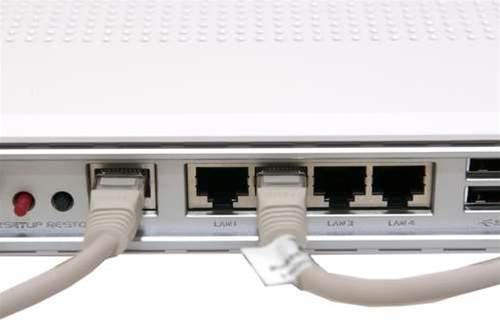OPINION: Ever wondered why most of Australia’s telcos aren’t in a panic about the impending exhaustion of IPv4 internet addresses?

One might have expected some reaction following the terse announcement from APNIC, the region’s IP address registry, which landed in my inbox earlier today.
“Today, Friday, 4 February 2011, APNIC received a final /8 IPv4 address block from IANA.”
So that’s that then: the last block of some 16.7 million IPv4 addresses has been doled out to our region and - sorry people - we can’t produce anymore. We’re now officially out of IPv4 addresses. The Internet is full, so please queue up with some serious dollars if you would like to buy some space on it.
But no need to panic - just yet.
The allocation of the above addresses was from IANA (the Internet Assigned Numbers Authority) to APNIC, which manages internet addresses in the Asia Pacific region.
APNIC expects that it has enough addresses left to continue making allocations to various organisations requiring IPv4 addresses for the next three to six months.
According to APNIC policy, those organisations that hold existing IPv4 space must show that their current allocations are used up to 80 percent before new ones can be handed out.
So for those that are migrating to the IPv6 Internet - which isn’t backwards compatible with its older cousin - there should be IPv4 addresses available for the next five years.
What about existing holders of IPv4 ranges then, like the big telcos and ISPs? Look around and you won’t see a mad scramble towards IPv6. In fact, there are no signs of panic at all with the big players.
Over the last few weeks I have asked Telstra, iiNet, Telecom New Zealand and Optus what they intended to do about the issue in 2011. But getting ISPs and telcos to talk about their IPv4 holdings is like pulling teeth. Only Optus was willing to comment.
Optus said it has a pool of IPv4 addresses available to ensure business continuity. Optus will continue to use addresses in the pool for fixed and mobile broadband and smartphone customers, the company’s spokesman said, but declined to reveal precisely how much IPv4 space it holds.
Unofficially, we’ve been told Telstra alone has between four million and ten million IPv4 addresses. How much of that is used up is very difficult to work out - I for one can't see how APNIC can police its 80 percent rule here.
APNIC statistics show that last year, a record 9.63 million IPv4 addresses were allocated in Australia. The previous three years, Australia didn’t even make it into the top ten IPv4 allocation table. So the question must be asked - what was behind that sudden growth spurt? Who was buying up all that space?
I’m sure you are beginning to get the picture. Telcos have made sure to stockpile enough addresses to see them through for the next year to eighteen months. That’s why they aren’t in a hurry to build and deploy IPv6 networks.
In fact – iTnews editor Brett Winterford tells me that Telstra’s IPv6 project was one of those put on hold when contractors were put on seven weeks of forced leave over the Christmas break. Doesn’t sound like panic at all.
Speaking on condition of anonymity, the manager of one medium-sized provider told iTnews that “most ISPs will be applying for as many IPv4 addresses as they can.
“There are still tonnes available and I don’t think we’ll see any issues for a couple of years at least. The utilisation of the current space is pretty low. If anything, it will be the end users that will run into shortages first - but it’s not like people won’t be able to get to certain parts of the Internet."
The danger in telcos stockpiling these addresses- as so eloquently stated by APNIC scientist Geoff Huston hints as much in his recent mythbusting column - is that scarcity leads to higher prices.
“In an open market environment, scarcity is invariably reflected in price,” Huston wrote. “Such a price escalation of an essential good is never a desirable outcome.”
Is this what the telcos and large ISPs are taking a punt on? If so, this is an issue for Australia's telecommunications regulator and maybe even the competition watchdog.
If high prices create an anti-competitive barrier for new market entrants to buy IPv4 address space, it might be time to enforce a migration to IPv6 - or we will be in a real mess.
In a few years’ time, that is.










 iTnews Executive Retreat - Security Leaders Edition
iTnews Executive Retreat - Security Leaders Edition












_(1).jpg&h=140&w=231&c=1&s=0)



